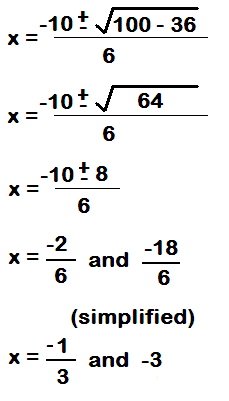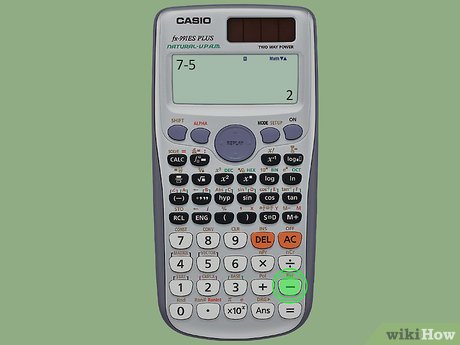Ratios are all around us: when multiplying a recipe, splitting expenses, or comparing sports stats you use ratios without even realizing it! But what exactly is a ratio and how can it be calculated?
Let’s break this topic down in a way that is simple, engaging and straightforward; by the end of this guide you’ll not only understand ratios but feel confident using them in everyday situations.
What Is a Ratio?
A ratio is defined as any comparison between two or more numbers that reveals how much of one thing exists relative to others.
Assuming a classroom of 18 boys and 12 girls has an 18:12 ratio between boys to girls (which can be simplified into 3:2), or that any recipe requiring two cups of flour and one cup of sugar requires 2:1. Ratios may be expressed three ways. For instance:
All three forms mean the same thing; simply ensure the numbers remain in order!
How to Calculate Ratio in Three Easy Steps Let’s say you have 10 apples and 5 oranges that you would like to express as their ratio, respectively. Here is how: Step 1: Determine Two Quantities [Identify Both]. Immediately put this together if that were your scenario: the apples-oranges ratio could be expressed using this approach: [X 5=X [A: O].]
Step Two: Simplifying Ratio, GCD Method
GCD of 10 and 5 = 5. To find this ratio easily: 10/5 = 2 and 5/5 = 1; this provides a simple 2:1 relationship.
Step 3: Interpret the Ratio
A 2:1 ratio indicates that for every two apples there should be one orange. With 20 apples present, that would translate into 10 oranges to maintain this proportional relationship.
Real-World Applications of Ratios 1 Cooking and Baking. For example, suppose you’re making pancakes according to a recipe which calls for ratios like this one: “5 = 1.33x”
“Using two cups of flour, one cup of milk and one egg as ingredients in this ratio: 2:1:1.
What if I want to triple the recipe? Simply multiply each ingredient by three:
Understanding ratios makes adapting recipes much simpler! Flour: 2 x 3 = 6 cups; milk = 1 x 3, cups 3 and eggs are each counted separately as one of three ratios.
2. Splitting Expenses
Imagine going out for dinner with your friend, but one of you indulges more than expected. Instead of splitting the bill 50/50, instead you decide to divide it based on how much food was consumed by each of you.
Your total order was $30 while your friend placed an order of $20; therefore the ratio between your spending and theirs is 30:20 or 3:2.
That means if the total bill (including tax and tip) is $75, then this is how much should be paid:
This method keeps things fair! (3/5) x 75 = $45 and (2/5) x 75 = $30
3. Compare Prices While Shopping Intuitive Pricing If you encounter two identical boxes of cereal at the store, compare their prices before making your choice.
Box A costs $5 for 20 ounces while Box B costs $6 for 30. Which offer offers the better deal?
Calculate their respective prices per ounce: Whilst for Box A this equals $0.25 per ounce and for Box B it costs less per ounce – making B the superior option.
1. Part-to-Part Ratios
Compare two elements within one whole. An example would be when there are 3 boys for every 2 girls in a classroom. This ratio compares parts to whole. For instance: In this situation the boys outnumber girls 3:2.
2. Part-to-Whole Ratios
Examine how one part relates to the entire group. For instance, if there are 3 boys and 2 girls among a total student body of 5, this ratio would be 3:5.
3. Equivalent Ratios
Similar to equivalent fractions, equivalent ratios represent the same relationship. For instance, 2:4 can be seen as being equivalent to 1:2.
1. Solving Ratio Problems
A school with 600 students and a ratio of three boys for every two girls. Determine how many boys and girls there are in each gender class?
Solution: (Lyle’s equation of proportions:3) Total parts = 5
Each part represents 600/5 = 120 students Boys (3×120 = 360); 2×120 = 240 [Answer].
2. Blending Juice
A typical apple/grape juice mixture has a ratio of 5:3, so for 40 cups of juice in total you need three of each to complete your blend. How much apple and grape juice is necessary?
Solution: Our solution requires 8 parts: Five + Three = Eight with each part representing 40/8 = five cups for a total of 25 apple and 15 grape juice bottles. Basically, use five apple x 5 = 25 cups and three grape x 5 = 15 bottles in all.
Understanding Ratios
Mastering ratios isn’t just useful–it’s essential! Ratios make life simpler and decisions smarter! Whether it be:
Adjusting recipes; budgeting money; comparing prices; planning projects or understanding statistics, knowing ratios makes decisions smarter!
Next time you are cooking, shopping or watching sports, be on the lookout for ratios in action – they are everywhere! When looking at ratios you’ll start seeing them everywhere!
Ratios are an essential concept that appear everywhere, making their presence ever present in everyday life. By following these easy steps and practicing with real world examples, you’ll soon master ratio calculations on a daily basis.
If you need some assistance crunching numbers, using an excellent online scientific calculator will only make things simpler!
Once you understand the basics, why not put them to the test? Put your knowledge of ratios and their applications to use in everyday situations by finding and simplifying ratios within your routines – you may be amazed how useful they prove!












